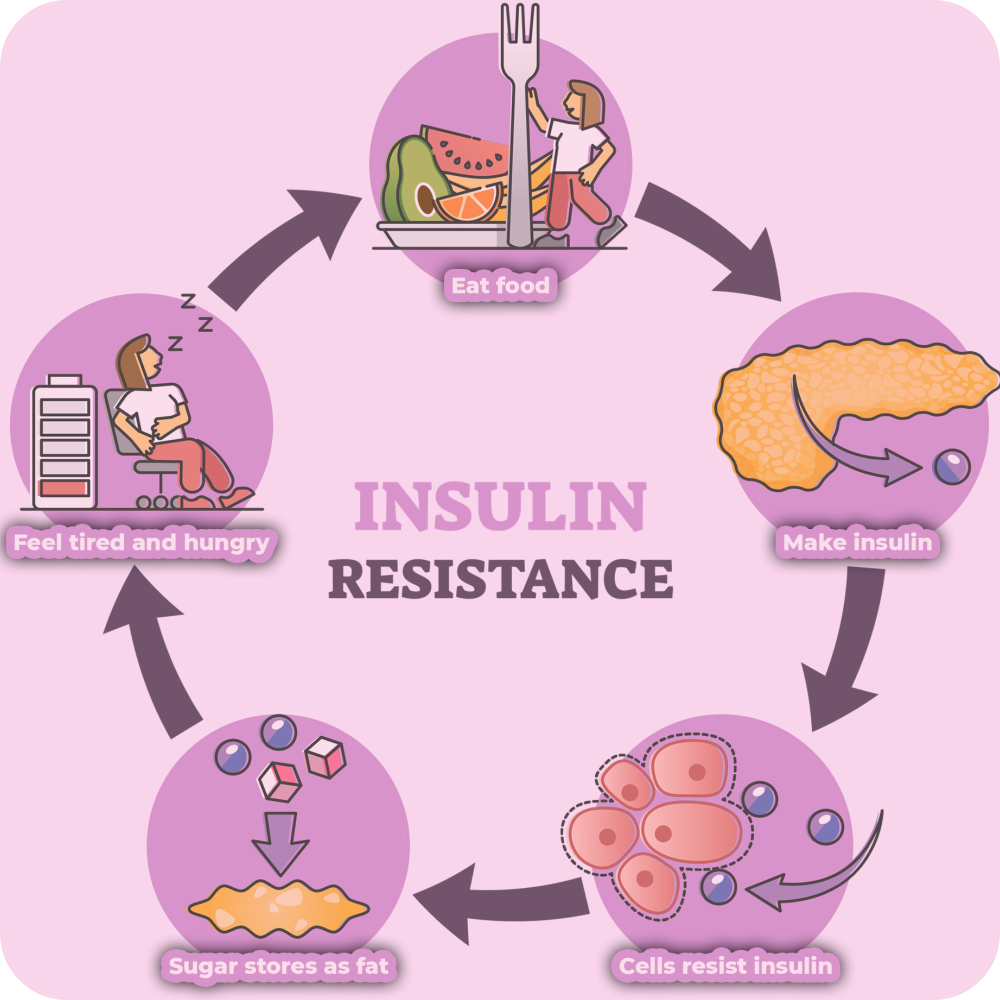
Time to Unfriend Diabetes

India is called the diabetes capital of the world, with every fifth diabetic in the world being an Indian. India shares a gigantic burden of this ‘epidemic’, and it is estimated that 70 million Indians will have this disease by 2025.
Diabetes is familiar to most of us. In a family of 10, there is likely to be at least one person suffering from the condition. This epidemic-scale prevalence of diabetes demands our attention, but the information available about it remains either hearsay or in the medical sphere.
Many studies suggest that an individual’s awareness about the disease is most effective in avoiding, managing, and reducing the impact of diabetes. Keeping this key detail at the center of our goal, we explain the various risk factors associated with diabetes along with suggestions on how to reduce the risk.
So, what is diabetes?
Diabetes mellitus (DM) is a product of increased blood glucose levels in the body. There are two reasons behind the heightened glucose level:
- Lack of insulin hormone, which regulates blood glucose
- Insulin hormone is not effective enough to adequately regulate blood glucose
These two conditions can occur due to a poor lifestyle or genetics.

The sugar in our food acts as an instant source of energy. This triggers the pancreas to release insulin, which delivers sugar to the liver and muscles, or stores it as fat. So, when the body is flooded with sugar, the demand for insulin spikes, increasing the load on the pancreas.
As we perpetually load the body with sugar, the pancreas fails to produce the required amount of insulin. This glucose-insulin imbalance sets the stage for prediabetes in which the blood sugar levels in an individual are high but remain below the diabetes threshold.
In the case of diabetes, the cells in the body resist insulin, thereby starving the body of glucose and eventually storing sugar as fat. Without access to this ample supply of glucose, one continuously feels tired and hungry.
Types of diabetes
There are various forms of diabetes, and a patient’s relationship with the insulin determines the type of the condition:
- Type 1: It is insulin dependant
- Type 2: It is non-insulin dependant diabetes mellitus (NIDDM), which has reduced insulin sensitivity
- Gestational diabetes: It occurs during pregnancy
A healthy interplay between insulin and glucose provides a steady supply of energy to the body to perform essential activities. In the case of type-1 diabetes, the pancreas produces very little or no insulin, making an individual suffering from this condition completely dependent on the hormone from external sources.
In the case of type 2 diabetes, the pancreas either produces insufficient amounts of insulin, or the body responds poorly to the hormone. In both cases, the body fails to regulate glucose, eventually leading to high blood sugar levels.
While the most discussed conditions are type 1 and type 2, there is a growing concern for the intermediate condition called prediabetes. Studies suggest 14% of Indians suffer from this asymptomatic condition, and 70% of individuals with such high glucose levels develop diabetes in the long term. However, through lifestyle intervention, it is possible to reduce the risk of diabetes by 40%-70%. Through similar intervention, individuals with type-2 diabetes can also achieve better control on their condition.
Symptoms of diabetes
As the body continues to poorly respond to the insulin hormone, or the pancreas continues to produce inadequate amounts of insulin, there is a rippling effect that causes malfunctioning of vital organs, resulting in the following symptoms:

The poor insulin-glucose relationship causes high blood sugar levels, which disturbs the quantity and normal functioning of the white blood cells (WBC). WBCs play a key role in maintaining a healthy immune system. As diabetes impairs the functioning of WBC, the body grows vulnerable to bacteria, and finds it difficult to heal wounds.
When the cells in the body resist insulin, the hormone fails to deliver glucose to the cells, and the cells need glucose for energy. This lack of access to glucose results in fatigue and weakness.
Kidneys respond to the high glucose levels in the blood by rapidly flushing out the excess glucose, forcing patients to urinate often, and dehydrating them. The excess glucose in the blood also damages the inner linings of the arteries, increasing the risk of cardiovascular diseases.
Also read: Heart: How to Prevent and Manage Cardiovascular Diseases
Can you prevent or control diabetes?
Research suggests lifestyle interventions such as being more active, regulating diet, exercising regularly, etc. can dramatically reduce the chances of developing diabetes in individuals with prediabetes. And a similar intervention can reverse the type-2 condition and transit patients to prediabetic or normal glucose levels.
Also read: How Does Exercise Benefit Your Body?

To determine the level of needed interventions can be overwhelming, but the result from a study suggesting that more than 20% of such healthy transitions are correlated with weight loss can work as a simple yet effective measure. Simply managing weight by incorporating 150 minutes of moderate activity such as walking, running, or cycling in a week and moderating food intake can be a good start.














